Cloak and dagger
Cloaks have a long and infamous history in Madrid. In fact, the English term “cloak and dagger” derives from 18th century Spanish and French dramas, (capa y espada in Spanish) in which villains would fight with the fabric of their cloaks wrapped round their arms to form a shield (for more on duelling check out this post). In reality criminals used to profit from the fashion for long cloaks by concealing weapons under the voluminous fabric. Even if they weren´t carrying a sword, they might have been using the garment to hide a more minor demeanour of relieving themselves in the street. A slit at the back called the excusón came in handy in the days when Madrid lacked a proper drainage and sewage system (if you think Madrid smells rather ripe after a Saturday night, it´s nothing to the stench of the city in days gone by).
By the mid-1700s, one thing was clear to the king´s Neapolitan adviser, the Marquis of Esquilache; long cloaks, along with wide brimmed hats – that much like hoodies in modern Britain concealed a criminal’s identity – had to go. The Marquis issued a proclamation stating that long capes and broad brimmed hats were now out in favour of short capes and three cornered hats, a la Francés. The suck ups in Charles the III’s court of course all capitulated but things went more than a little awry when it came to getting the commoners to adopt the namby pamby foreign style of dress. The problem was that after liberalizing the grain trade, Esquilache was not popular with the common man. The price of bread and other staple foods had shot up through the roof, so this high-handed edict dictating how people were to dress served as the proverbial straw that broke the camel’s back.
Death to Esquilache!
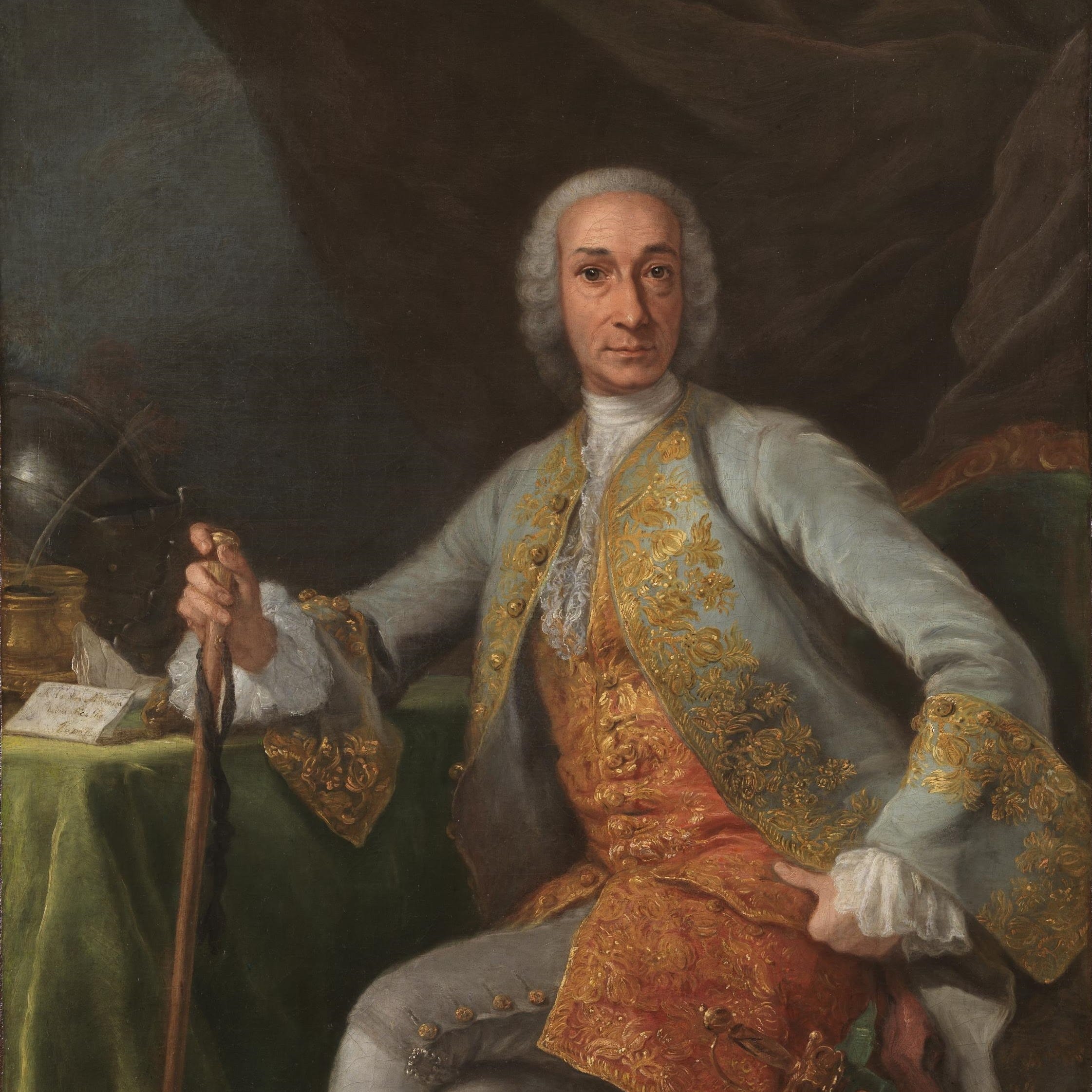
On March 10 1766 placards went up throughout the city instructing people to adopt the new style of dress or have their hats and cloaks confiscated. These were torn right back down to cries of “Long live Spain” and “Death to Esquilache.” Things came to a head in the tiny square of Anton Martin when a couple of lads wearing long cloaks and wide brimmed hats swaggered up to some soldiers. Insults were traded and swords drawn. It looked like the crown would win this particular skirmish until one of the caped crusaders whistled loudly and a band of armed and angry citizens appeared to back them up. The soldiers fled and the mob made its way to the palace whereupon their demands were presented to the king. Among these was the immediate expulsion of Esquilache and the repeal of the edict.
After holing up in his residence (the House of the Seven Chimneys), poor old Esquilache was banished to Venice along with his modern ideas and the king, fearing for his life, even after capitulating, scarpered to Aranjuez. Once the monarch had returned and the drama had died down, the modernizers finally got their way by less draconian methods. The long cape was declared to be the new uniform of the executioner and the city´s citizens, not wanting anything to do with this ill-famed character, quickly ditched their long cloaks in favour of the shorter versions.
There aren’t many people out and about these days in capes, but Madrid is still home to the artesanal cape store Seseña, where an elegant cape will set you back about 300 euros. If you do cough up the cash you´ll be in illustrious company, Nicolas Cage has bought one from the shop and Pablo Picasso is said to have loved his so much that he was buried in it. Viva la capa!
Keen to find out more about the history of Madrid? See another side of the city with one of my unique walking tours.
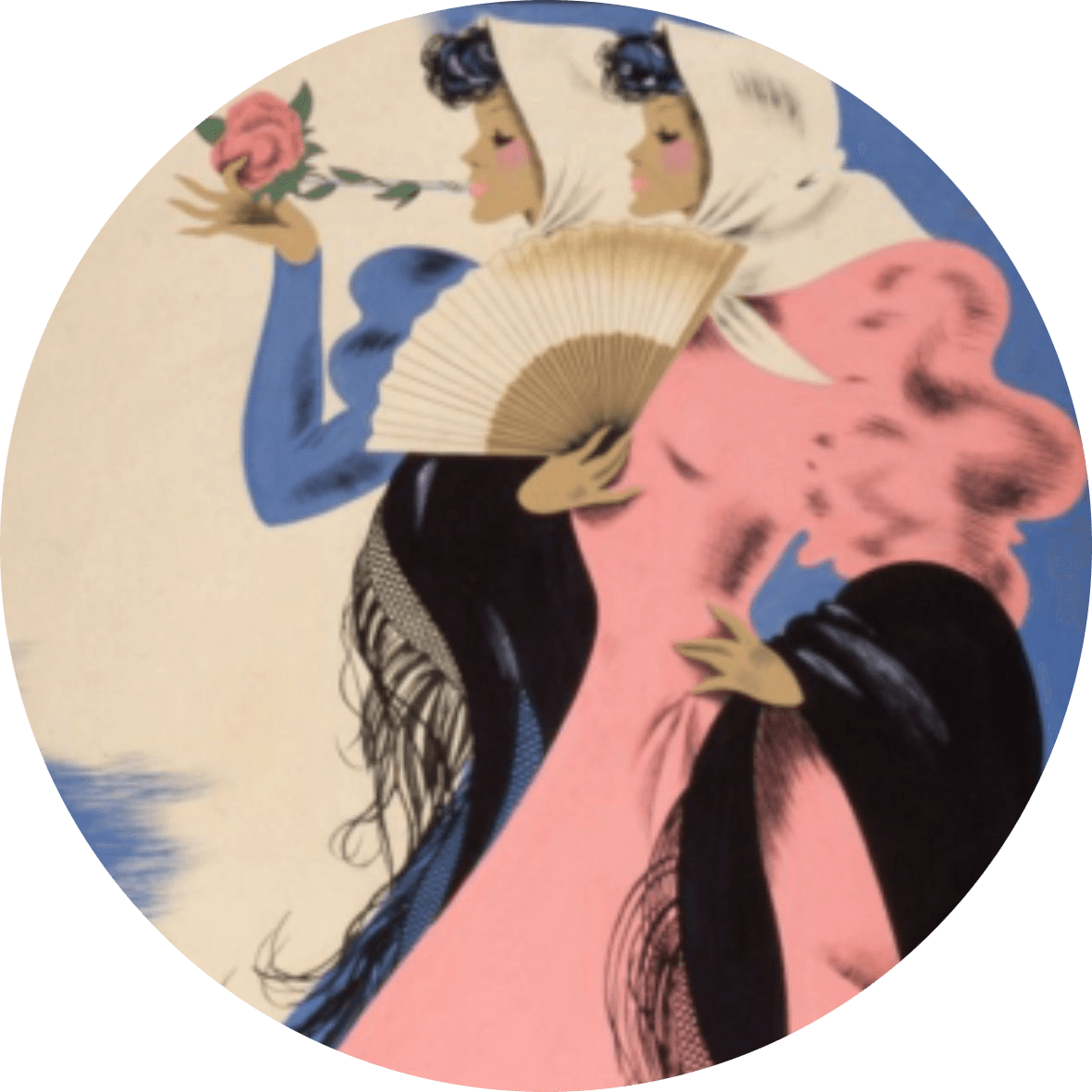
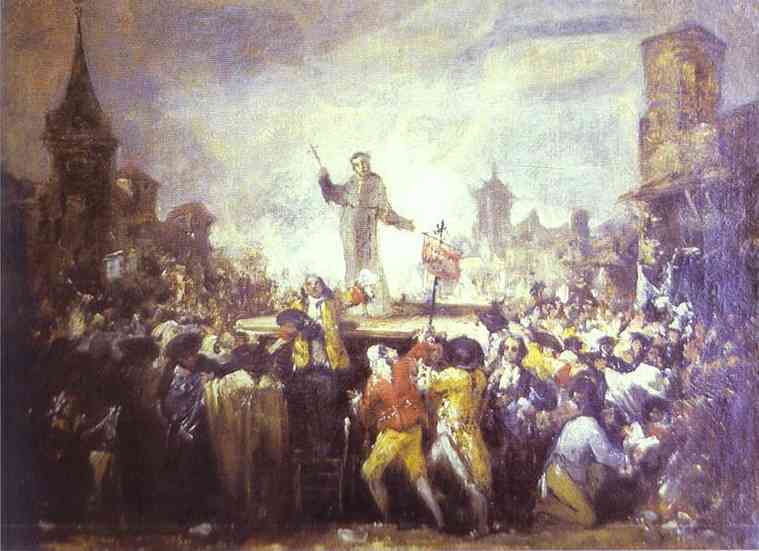
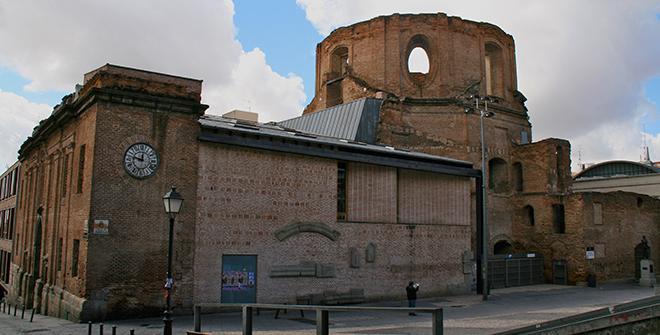
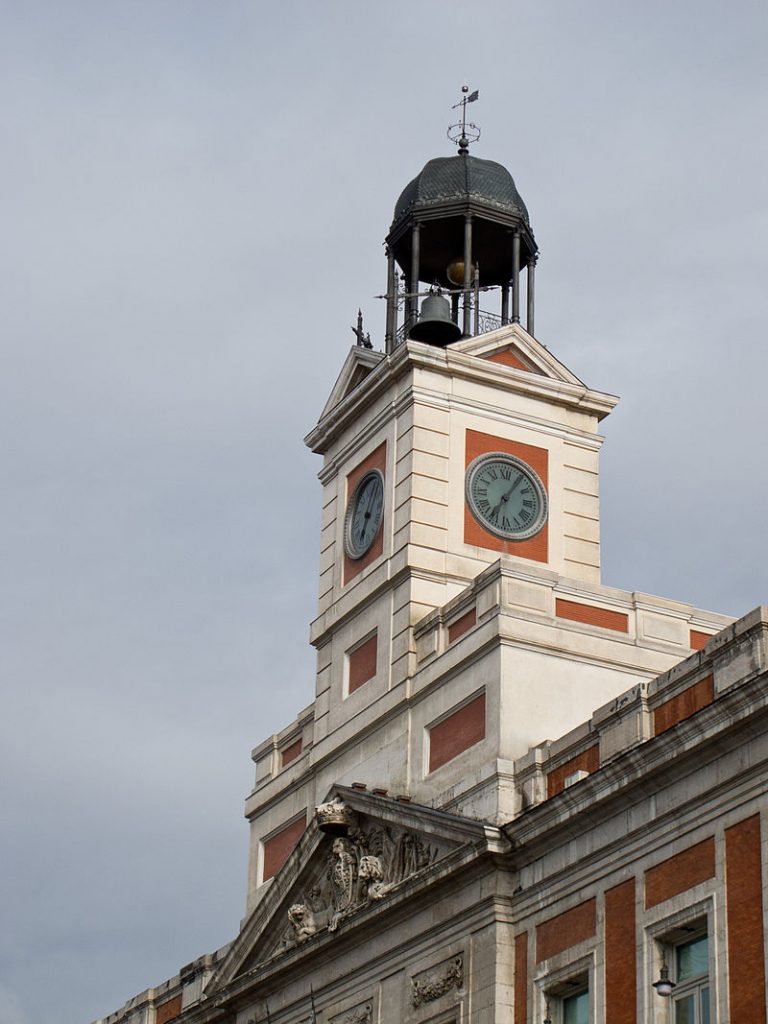
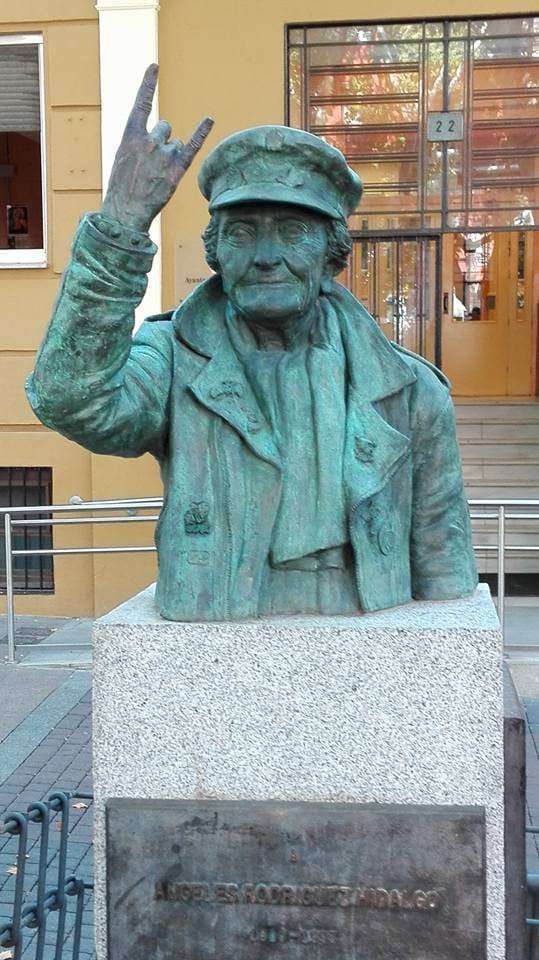
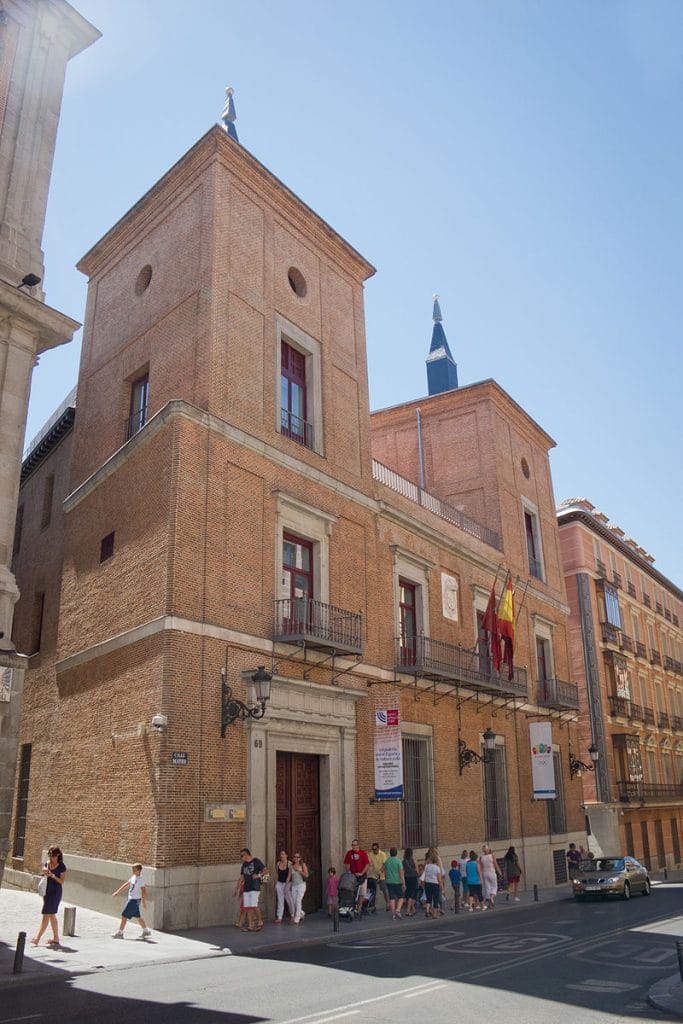
Pingback: Madrid's Oldest Stores - The Making of Madrid
Pingback: The House of the Seven Chimneys - The Making of Madrid
Pingback: Three Museums that Reveal Madrid Through the Ages - The Making of Madrid
Pingback: Gangs of Madrid: Is Madrid a Safe City? - The Making of Madrid
Pingback: Serenos: Spain's nightwatchmen - The Making of Madrid